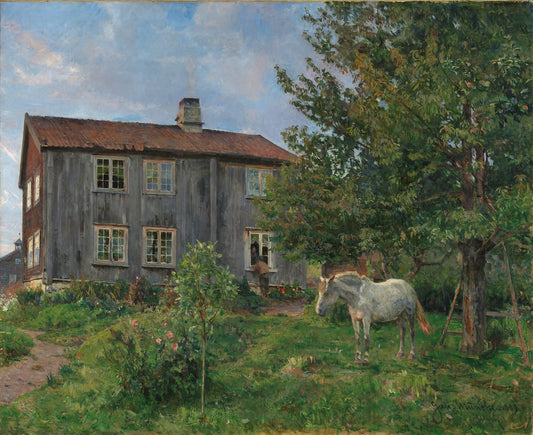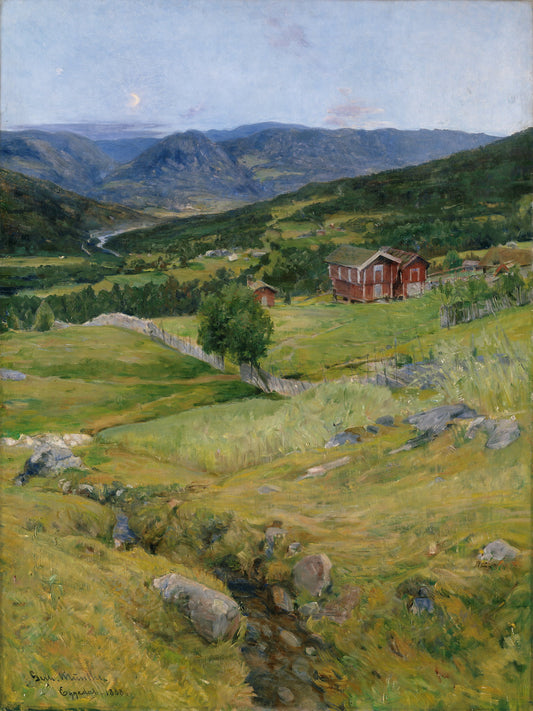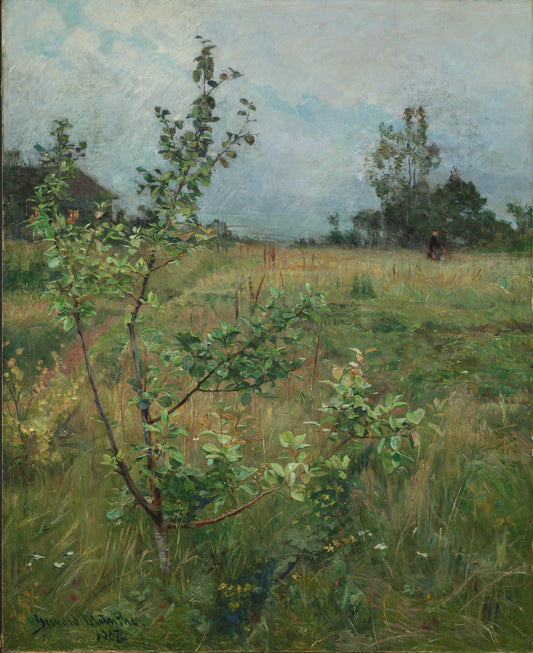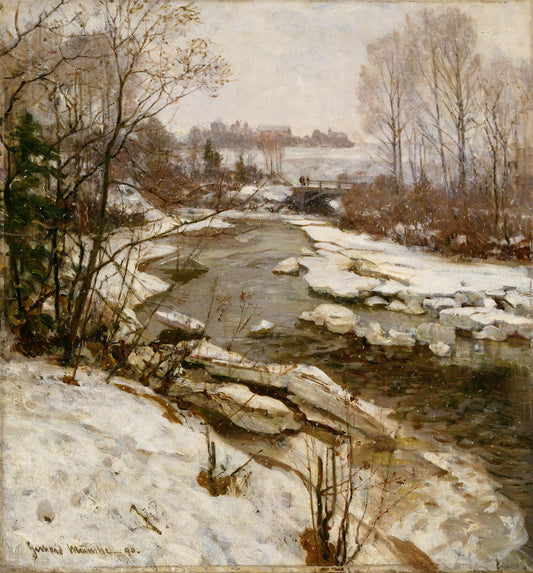Collection: Gerhard Munthe
-
Farm garden Ulvin
Vendor:Gerhard MuntheRegular price From 150,00 NOKRegular priceUnit price per -
The evening in Eggedal
Vendor:Gerhard MuntheRegular price From 150,00 NOKRegular priceUnit price per -
The apple tree
Vendor:Gerhard MuntheRegular price From 150,00 NOKRegular priceUnit price per




